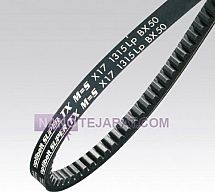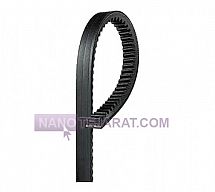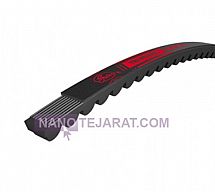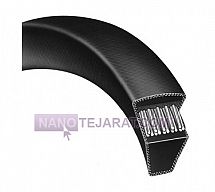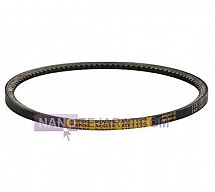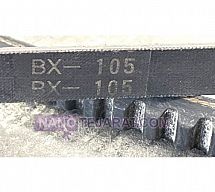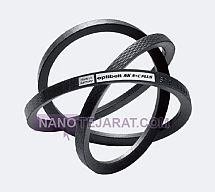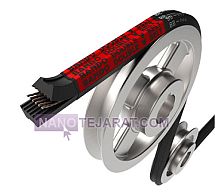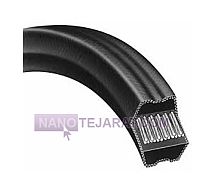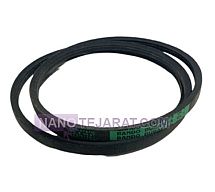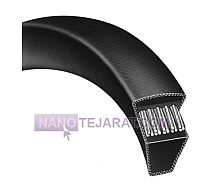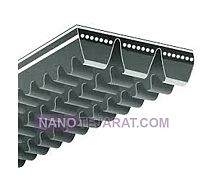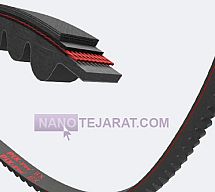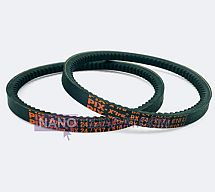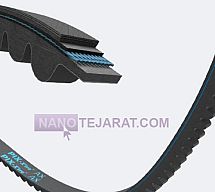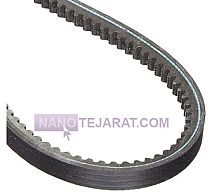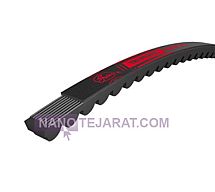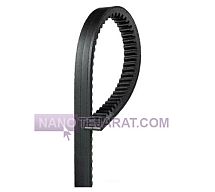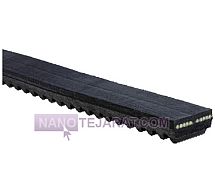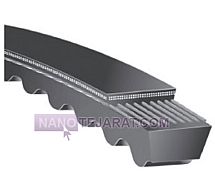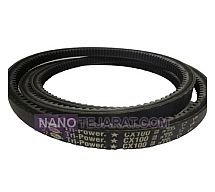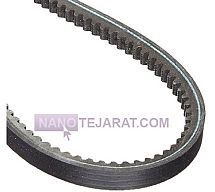

The V-belt is one of the most widely used components for power transmission in mechanical and industrial systems. Its trapezoidal cross-section allows it to fit securely into pulley grooves, preventing slippage. These belts are typically made from durable rubber combined with reinforcing fibers such as polyester or Kevlar, providing high tensile strength and resistance to wear and heat. The unique design of the V-belt increases friction between the belt and the pulley, ensuring efficient and slip-free power transfer.
V-belts come in various types, including classical, narrow, cogged, and multi-ribbed designs, each suited for specific applications in automobiles, industrial machinery, HVAC systems, and agricultural equipment. The service life of these belts can vary from several thousand to tens of thousands of kilometers depending on working conditions, load, rotational speed, and build quality. Using a high-quality V-belt that meets the technical specifications of the equipment helps reduce energy consumption, extend equipment lifespan, and optimize overall system performance. Regular inspection, proper tensioning, and timely replacement of the belt play a crucial role in preventing sudden failures and operational downtime.
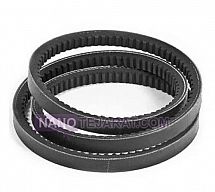
.jpg?width=215&height=192&cropratio=215:192&image=/admin/uploads/تسمه-وی-شکل-دنده-ای-Ribbed-V-belt-پاور-بلت-94-u3092-4c21b7-New Project (5).jpg&url=/admin/uploads/تسمه-وی-شکل-دنده-ای-Ribbed-V-belt-پاور-بلت-94-u3092-4c21b7-New Project (5).jpg)
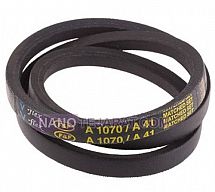
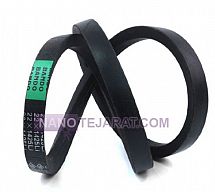
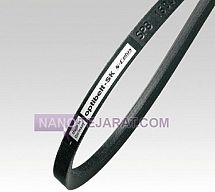
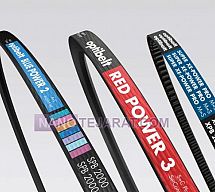
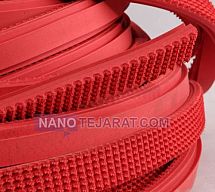

.jpg?width=215&height=192&cropratio=215:192&image=/admin/uploads/تسمه-وی-بلت-پلی-یورتان-PU-Polyurethane-PU-V-belt-پاور-بلت-94-u3092-d0e84c-New Project (5).jpg&url=/admin/uploads/تسمه-وی-بلت-پلی-یورتان-PU-Polyurethane-PU-V-belt-پاور-بلت-94-u3092-d0e84c-New Project (5).jpg)
